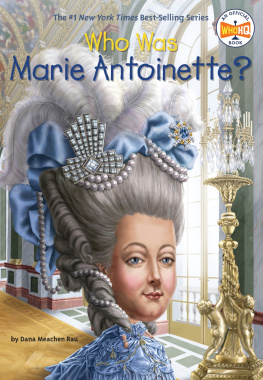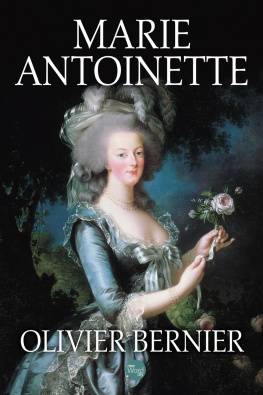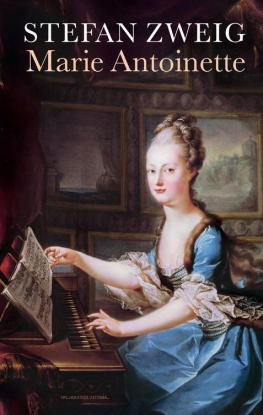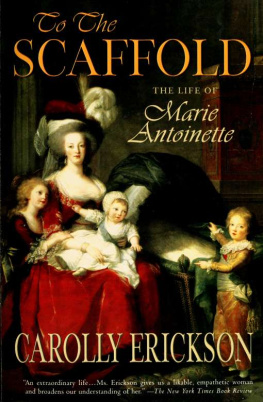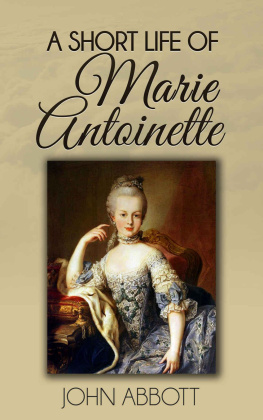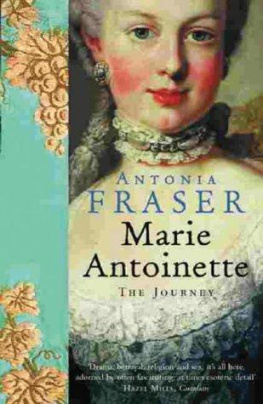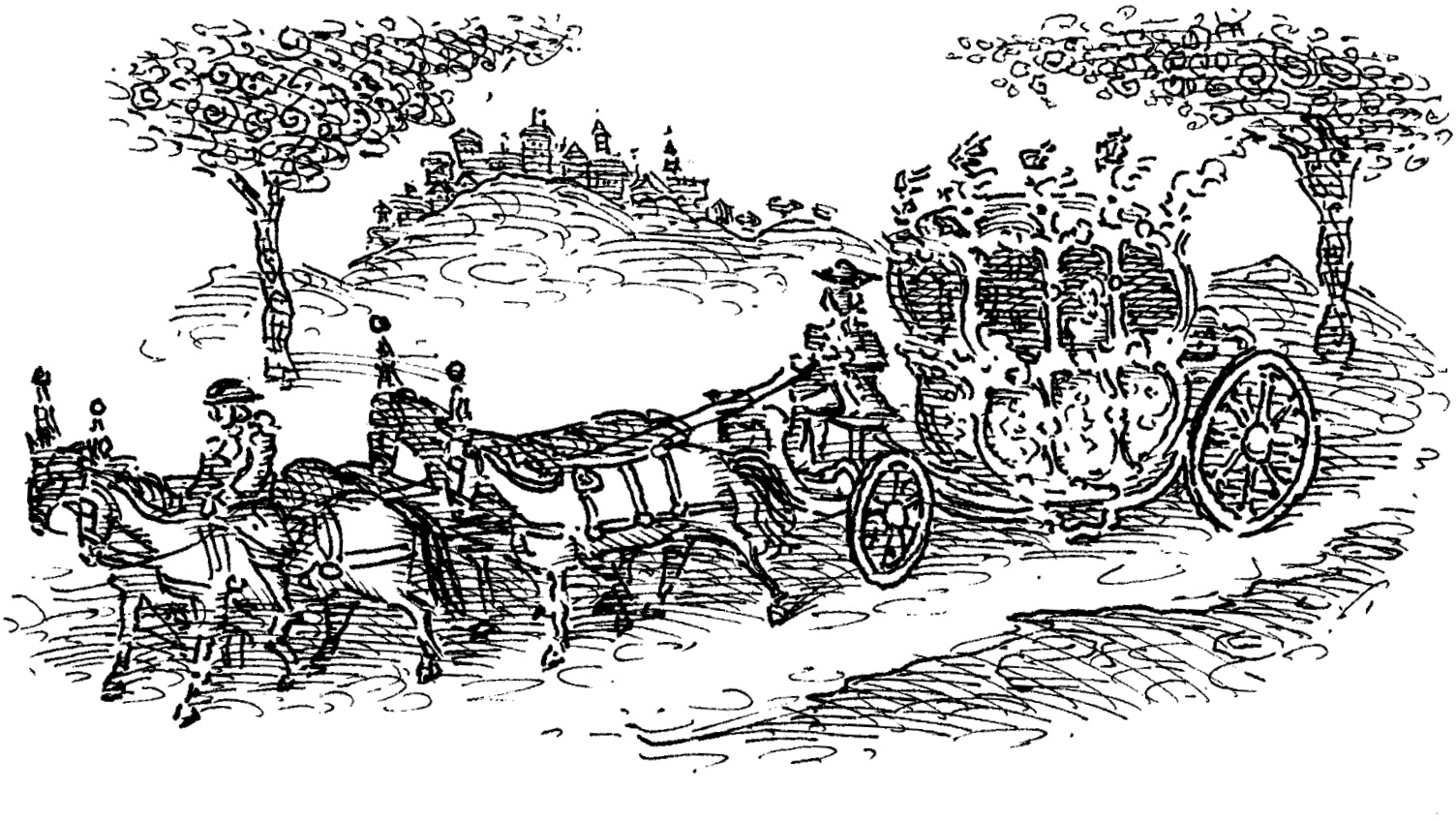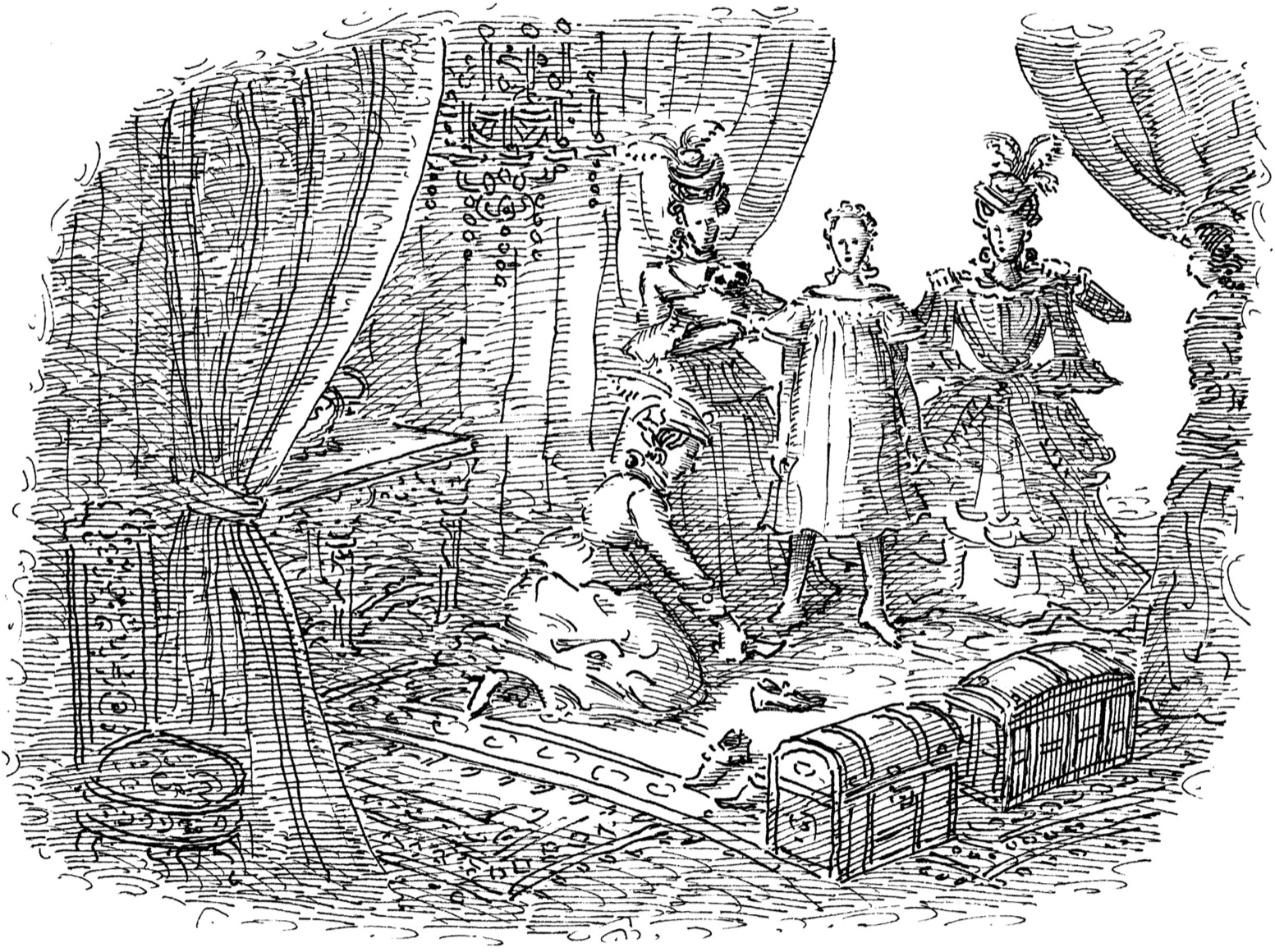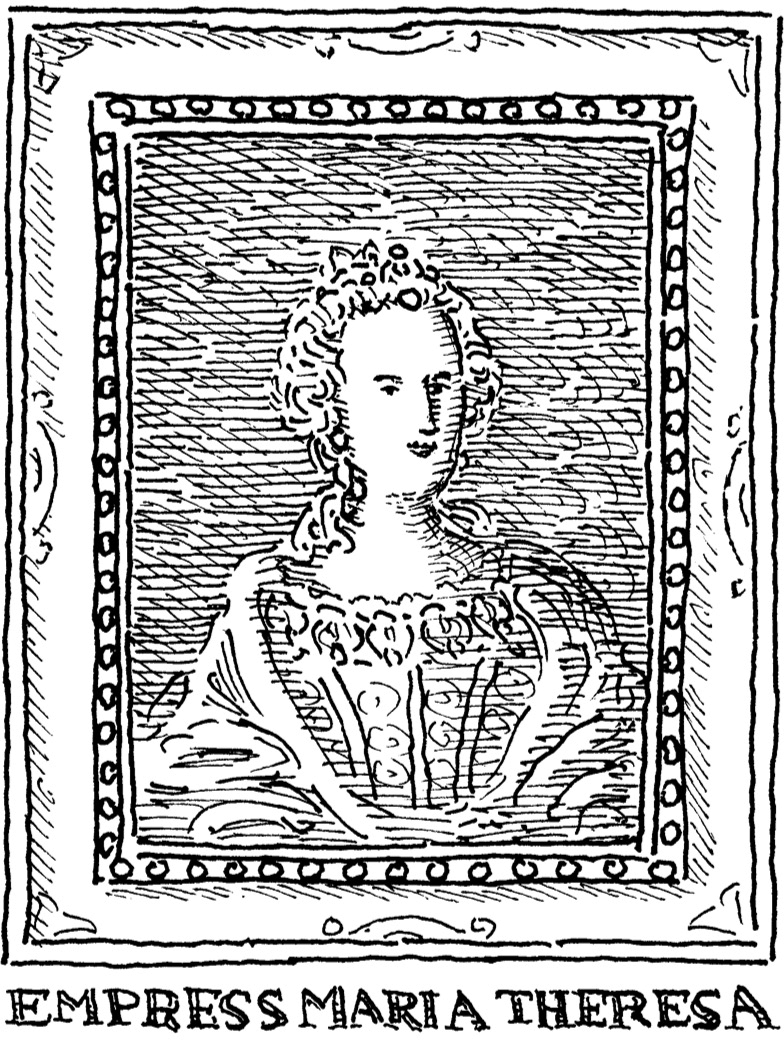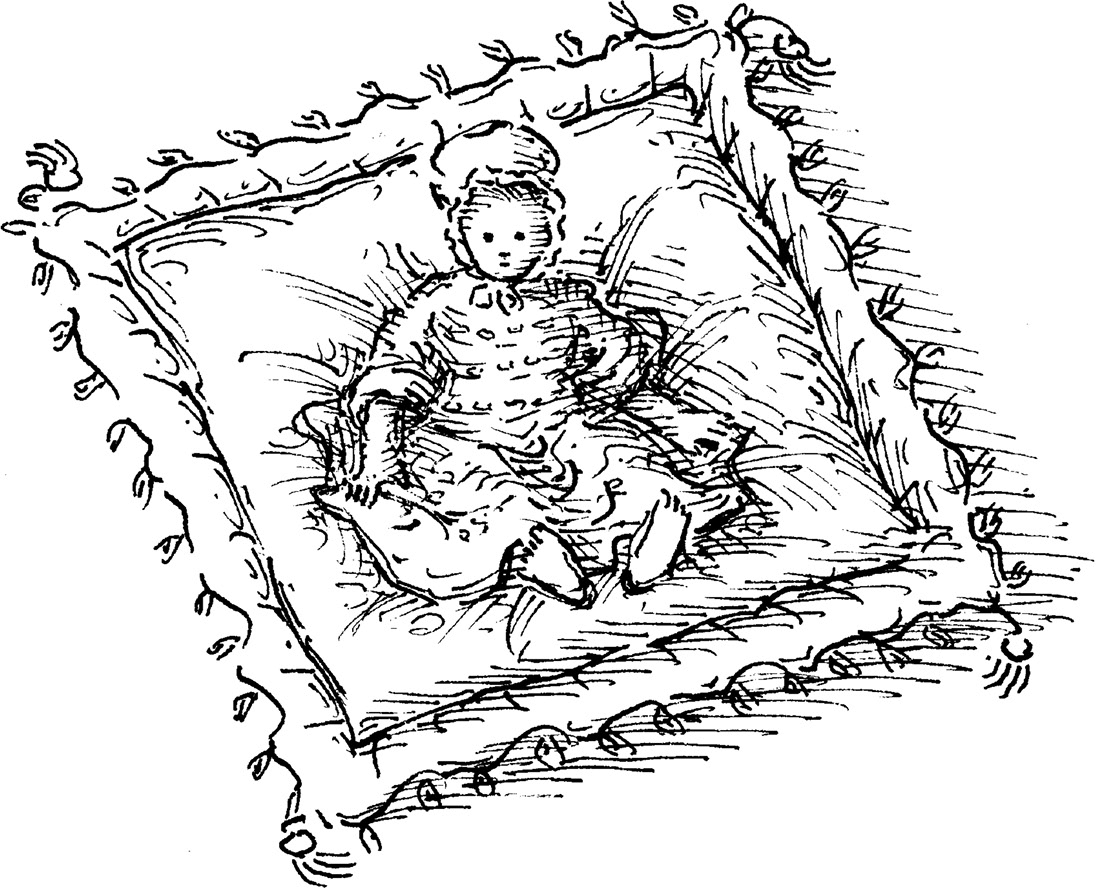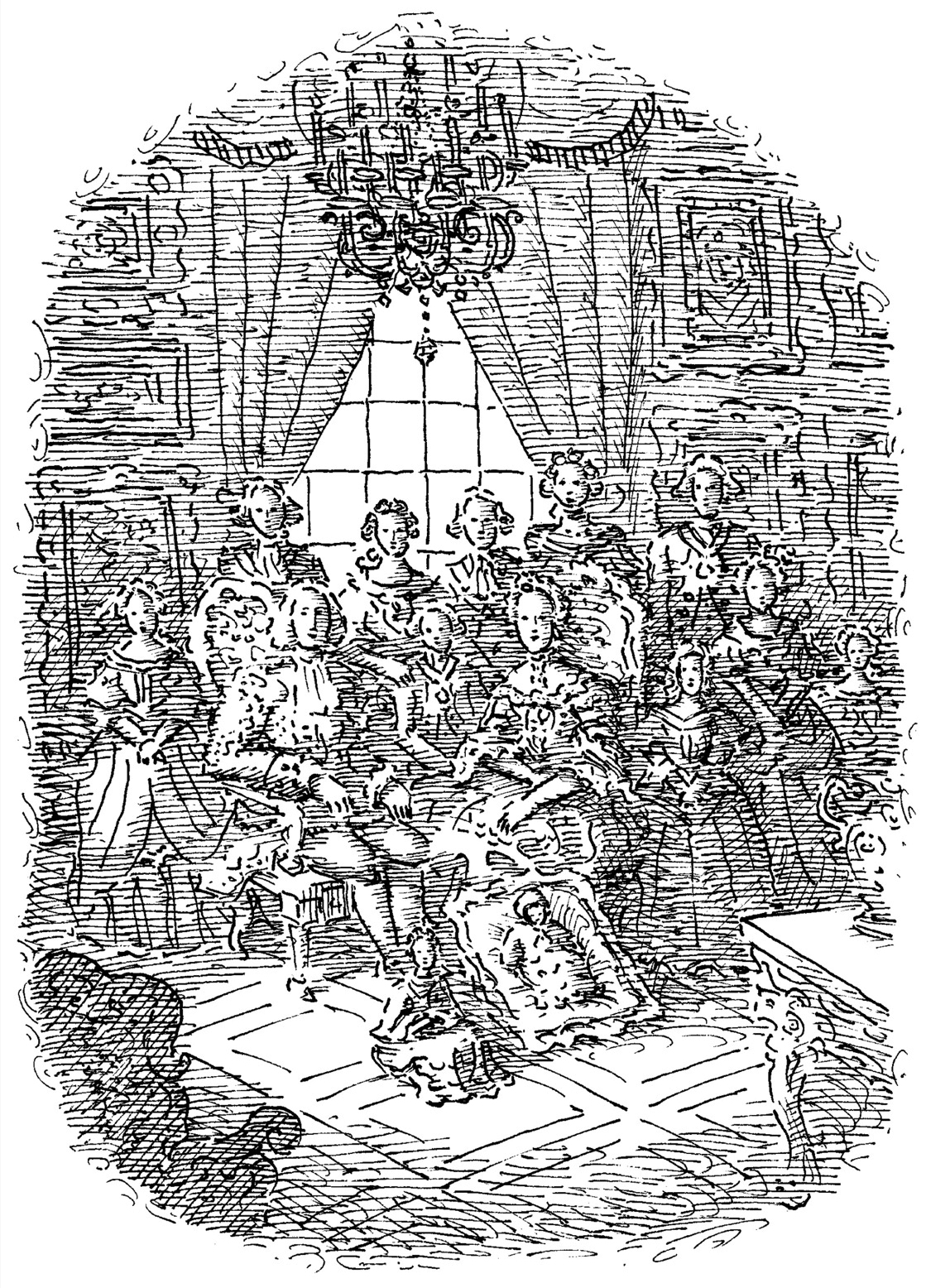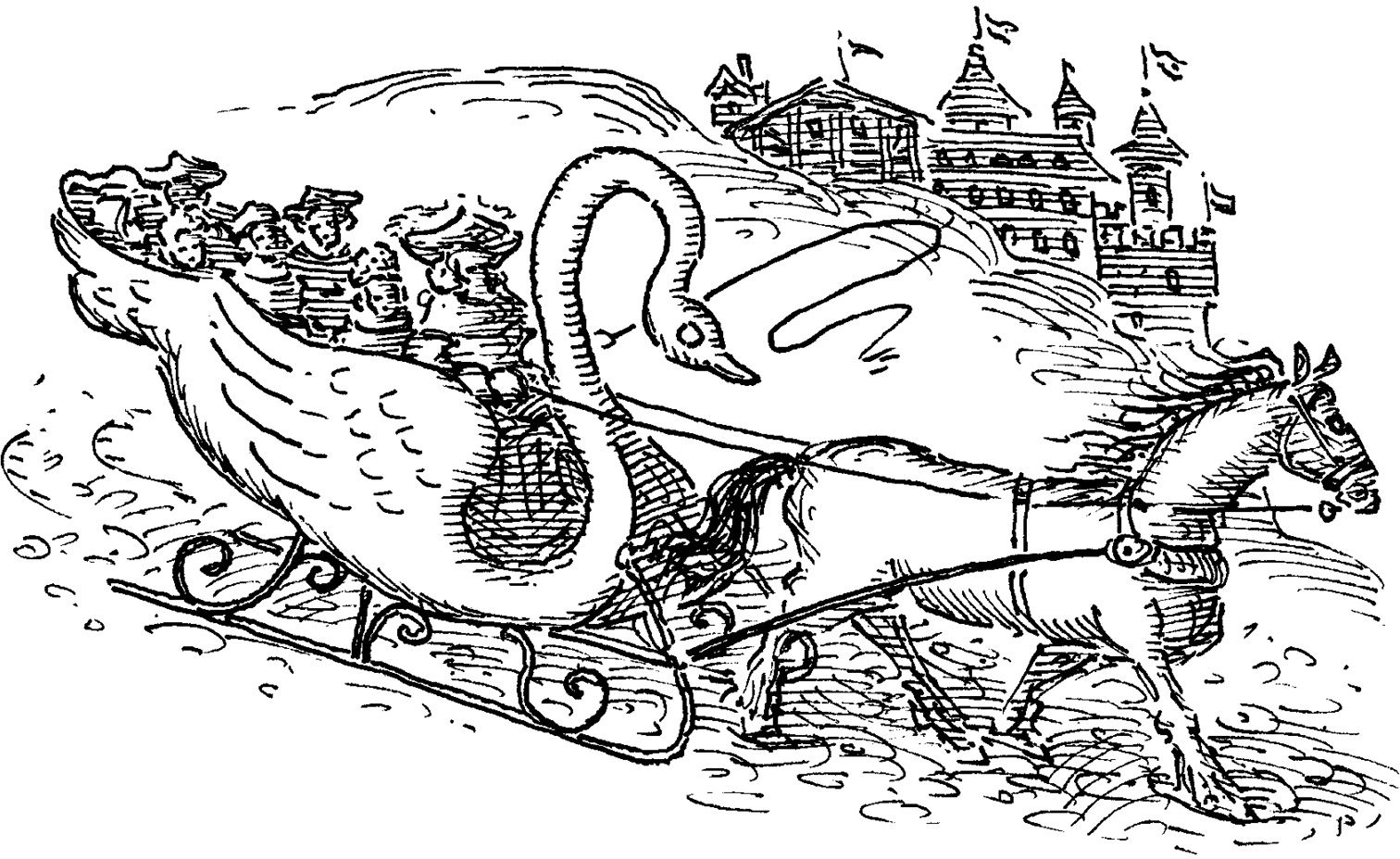Penguin supports copyright. Copyright fuels creativity, encourages diverse voices, promotes free speech, and creates a vibrant culture. Thank you for buying an authorized edition of this book and for complying with copyright laws by not reproducing, scanning, or distributing any part of it in any form without permission. You are supporting writers and allowing Penguin to continue to publish books for every reader.
The publisher does not have any control over and does not assume any responsibility for author or third-party websites or their content.
Text copyright 2015 by Dana Meachen Rau. Illustrations copyright 2015 by John OBrien. Cover illustration copyright 2015 by Penguin Random House LLC. All rights reserved. Published by Penguin Workshop, an imprint of Penguin Random House LLC, New York. PENGUIN and PENGUIN WORKSHOP are trademarks of Penguin Books Ltd. WHO HQ & Design is a registered trademark of Penguin Random House LLC. Printed in the USA.
Visit us online at www.penguinrandomhouse.com.
Who Was Marie Antoinette?
On April 21, 1770, fifteen-year-old Marie Antoinette left home and traveled to France. She had always lived a royal life. Her parents were the emperor and empress of Austria. The young archduchess was leaving behind her beloved homeland. She was engaged to marry Louis Auguste, the future king of France.
Marie Antoinette rode in a jeweled coach amid a parade of more than fifty other carriages. Hairdressers, chefs, and other attendants traveled with her for the two-and-a-half-week journey. Peasants cheered along the road between Vienna, Austria, and Strasbourg, France. They hoped to catch a glimpse of the young bride-to-be.
The royal procession reached the Rhine River, where a new building stood on an island. Marie Antoinette said good-bye to the Austrian people who had traveled with her. When she entered the building, she had to take off all of her Austrian clothes. She was given a French gown made of golden fabric. She wasnt allowed to bring anything from Austria into France, not even Mops, her little pug dog.
In an official ceremony, she was handed over to the French. When she opened the doors on the side of the building that faced France, crowds of noblemen and noblewomen greeted her. Marie Antoinette cried, but she tried to be brave.
The whole city of Strasbourg held a holiday in Marie Antoinettes honor. A French procession of carriages then carried her to her new husband and her new life at the grand palace of Versailles (ver-SIGH).
Marie Antoinette became the queen of France while still only a teenager. She had no idea how to be a good leader. Many people in France were poor. They had to pay high taxes. Their taxes went to the royal family. Some of the money was spent running the government. But plenty was also spent on gowns, jewels, parties, and fancy palaces. The common people became angry with their king and queen for wasting money while they had so little. By the end of Marie Antoinettes life, the French people were cheering for her death.
Chapter 1
The Archduchess
Emperor Francis and Empress Maria Theresa of Austria ruled over a large area of central Europe. Maria Theresa, who had inherited the throne from her father, was a strong and determined woman. On the night of November 2, 1755, she took a break from her reports and other government paperwork when her labor pains grew too strong. In the evening, she gave birth to Maria Antonia Josepha Joanna. Emperor Francis announced the arrival of his daughter to the members of his royal court gathered at their palace in Vienna.
Maria Antonia joined a household already full of archdukes and archduchessesfour brothers and seven sisters. Another brother would be born the following year! It was royal tradition to give all the archduchesses the first name Maria. The girls were called by their second names, so Maria Antonias parents called her Antonia.
The family spent winters at their palace in the heart of the city. In the spring and summer, however, they moved to another enormous palace about five miles away. Decorated with mirrors, painted ceilings, and tapestries on the walls, this palace had many rooms for each child. It was surrounded by the gardens and woods of a five-hundred-acre park. There was even a zoo with a camel, puma, and rhinoceros.
Even though Austria had an emperor and an empress, Maria Theresa was the ruler. Her husband, Francis, simply assisted her. Empress Maria Theresa was much too busy to watch her children. So she hired governesses to take care of them and tutors to teach them. As royalty, the archdukes and archduchesses lived a glamorous life. For fun, they spent hours riding horses and hunting. During the cold Austrian winters, they rode swan-shaped sleds through the snow.
Antonia spent more time playing on the palace grounds than paying attention to her lessons. She had a beautiful voice and performed in family concerts, singing while her brothers and sisters played the music.
In 1762, when Antonia was six years old, a special musician visited the royal family in Vienna. His name was Wolfgang Amadeus Mozart. Mozart was the same age as Antonia. Stories say that the little musician slipped on the well-polished floor of the palace. When Antonia helped him up, Mozart declared that he wanted to marry her.
MOZART (17561791)
WOLFGANG AMADEUS MOZART WAS BORN IN SALZBURG, AUSTRIA. HE SHOWED MUSICAL SKILL ON THE VIOLIN AND KEYBOARD FROM THE TIME HE WAS THREE YEARS OLD. HE STARTED WRITING HIS OWN MUSIC WHEN HE WAS ONLY FIVE.
MOZART IS ONE OF THE MOST FAMOUS CLASSICAL COMPOSERS OF ALL TIME. HE IS KNOWN FOR HIS MANY SYMPHONIES, HIS CHAMBER MUSIC, AND HIS OPERAS, SUCH AS

